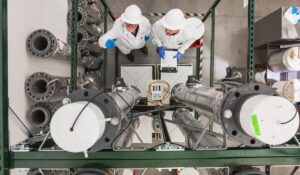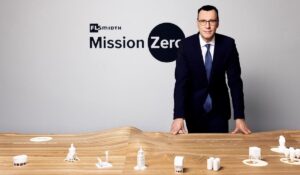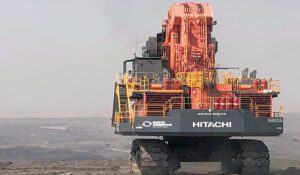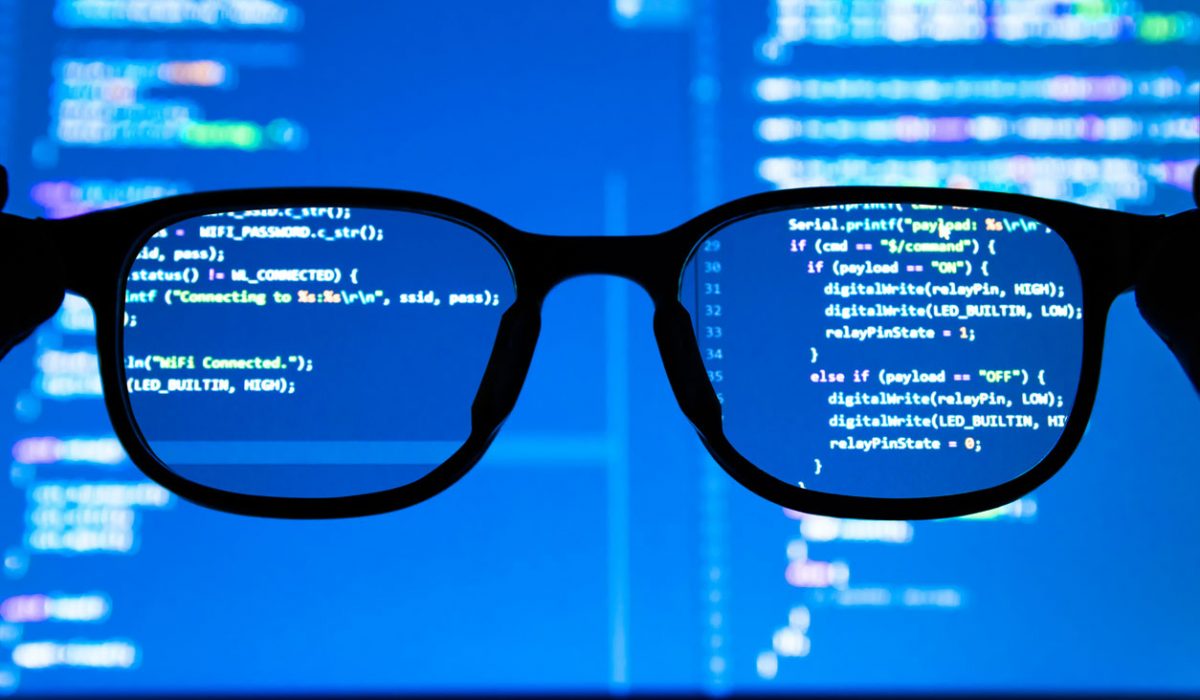BHP data and numeric modelling head geoscientist Ilnur Minniakhmetov gave the game away when asked what he wants resource models to look like in 15 years. Like a lot of his peers he’d really like that future to land a lot sooner.
“My wish [for] what we’re going to have in 15 minutes,” was his reflex response before refocusing on the longer-term horizon.
What Minniakhmetov wants to see sooner rather than later is more geophysics data informing resource estimates and models at the centre of mining value chains. There was a lot of valuable geophysics data “sitting on the shelf and no one’s using it except structural geologists and some geotech guys”.
“But can we put it in resource estimation or not?” Minniakhmetov and others at the world’s largest mining company don’t see why not.
And of course that is just the start.
Synthesising the enormous wealth of data and Earth insight in the hands of geoscience professionals to give them a louder voice in decisions that are literally shaping the mines of tomorrow – and by extension the industry of tomorrow – was at the heart of many discussions at the second, sold-out AusIMM Mining and Resource Estimation Conference (MREC) in Perth, Western Australia.
Today, geology and geophysics (not a million miles apart!). Tomorrow, who knows – geology and finance? People and culture are as integral to that connection as the technology advances now whizzing past, the conference heard.
“Ten years of communicating resource risks to senior leaders within an organisation and you learn that different parts of the organisation have a different understanding of what risk is,” Newmont head of global resource management Arja Jewbali said.
“The language of probability is not universal.
“Translating technical risk into business risk is something, from my observation, that’s a challenge for us. And if we cannot do that we cannot adequately communicate the impact of this technical risk on the business.”
Building intellectual, technological and organisational bridges between Earth scientists and their co-creators in the 21st century mining industry was a recurring theme at MREC 2025. As it will be for MREC 2027.
“At the C-level … resource modelling is not at the top of the agenda,” said AngloGold Ashanti chief technology officer, Dr Marcelo Godoy. “Unless the models are not working and the reconciliation is bad and you cannot meet your commitments, we are not even talking about resource estimation.”
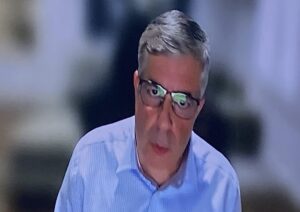
And maybe that was the best measure of success for the group most likely to be sitting quietly around the table at strategy meetings. “The best thing is when nobody talks about your models because they are working,” said Godoy. Yet the passionate stochastic modelling and planning advocate – “stochastic optimisation is the ultimate reserve estimation” – doesn’t really believe that. For stochastic planning to succeed collaboration between engineering and resource geology was essential, the conference heard. That was “absolutely right”, said Godoy. “This is a multidisciplinary piece of work. It does require people to work together. If you don’t this thing just doesn’t work.”
Elsewhere in the gold space MREC 2025 heard the “very geocentric” Barrick Mining Corporation (nee Barrick Gold) that put “reserve replacement at the forefront of everything we do” had prioritised connecting people and giving them a platform for critical thinking on optimal use of the planet’s biggest gold resource after the 2019 creation of Nevada Gold Mines (majority owned by Barrick in a partnership with Newmont Corporation). NGM is the corporate structure presiding over the Great Basin – Battle Mountain, Carlin and Getchell – trends that might contain US$1.2 trillion worth of gold still after yielding $500 billion of the yellow metal since 1961.
Australian geologist Jesse Clark, who has been at the centre of the intersection of NGM’s red (Barrick) and blue (Newmont) dots and geoscience, mining and metallurgy professionals for the past four or so years, described a “massive opportunity to unify the geological understanding of Carlin systems” which could only be achieved through a fusion of “very different cultures and very different ideas and opinions on what makes a good resource estimate together”.
So far so good: “In the last five years we’ve replaced over 20 million ounces and we’ve mined about 20 million ounces. And so basically every year we’re finding a five-million-ounce orebody in a 200km radius.”
However, Clark said the most valuable legacy of the period might be a revised “critical checkpoint” framework and scorecard, underpinned by internal peer review, that now drove a culture of critical thinking at NGM. The checkpoints extended across the mining value chain, covering all stakeholder inputs that fed final resource models, resource and reserve inputs and life-of-mine planning assumptions.
“Geologists, mining engineers, metallurgists and key management are all involved across 10 stages,” he said. An online audit system was integrated within Barrick’s existing organisational controls.
“The ongoing challenge is to instil a culture of critical thinking across all teams.”
Jewbali said “sharing a mindset” was a critical fulcrum for advancing collaboration across different organisational teams and for speeding technology development.
“Mine planning, taking resource uncertainty into account, requires more collaboration between resource geologists and mine planners but it also requires a significant amount of collaboration between software developers and practitioners and also researchers,” she said.
“A lot of researchers understand the technical foundation, the mathematical foundation of those methods [but] they might not have the practical experience and understand the operational constraints. Users in the field understand those but might not have the technical foundation.
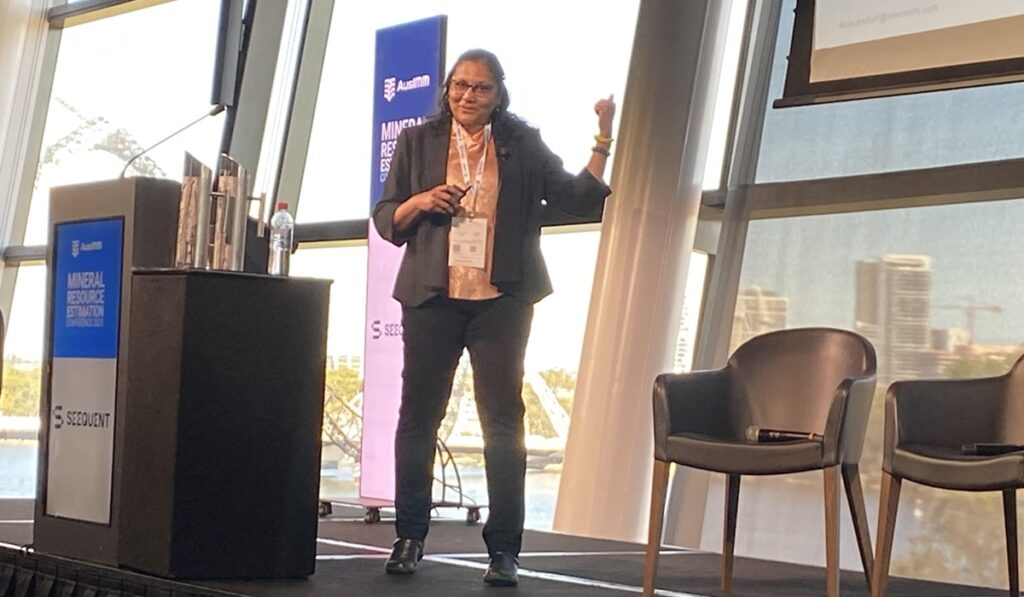
“My wish 15 years from now is we have holistic models that have clear recognition of uncertainties and a probabilistic basis; not just grade but the other variables. I also would like to see a feedback loop from mining operations back into [resource] models. I feel like we collect a lot of information in our mining processes and systems and not all of that makes its way back to us, or the data that we collect has a lot of noise.
“For resource risk to be taken seriously, to have a seat at the table, it in some way needs to be incorporated in the mine plan. If it is not it becomes an afterthought. It becomes something that people look at and forget about.”
There are lots of reasons to believe the next 15 years will be significantly different to the past decade and a half and that full connectivity across mining’s technical and business siloes won’t be optional for much longer.
Kerry Turnock, BHP head of resource engineering excellence, said four macrotrends were reshaping mining’s geoscience landscape. They were a structural shift in demand for key resources, increased resource complexity and depth – “pushing the boundaries of our engineering limits” – commensurate, vast expansion of current material movement, including waste, in a world of stricter environmental, social and governance regulation, and even faster technological progress.
“There is not a scenario where we will mine less and produce less,” she said.
“It means we’re going to have more deposits being mined simultaneously at any one point in time, so more models, more estimation, more things to maintain. [And] we are going to mine at our upper rates or beyond our upper rates so we’re going to exhaust our deposits faster than we’ve ever done before.
“What is so critical about our model and estimation process [is] the learning loop – the validation loop. How do we know that we’ve got accuracy, precision, reliability? We have a learning loop.
“That learning loop is going to get compressed.
“We need to understand how we’re going to utilise earlier, faster and more data than we’ve ever seen.
“We need to think about characterisation, not just classification … because that is going to underpin our technical decisions. When I look at those macro trends resource classification really supports financial decisions but when we think about how our operations actually perform it sits around those characterisation attributes.
“The most important geotechnical decisions are made not in the economic component of the rock mass but in the waste component. The final mine design is predicated on our knowledge of the waste rock mass that sits around the deposits because this will determine whether it’s going to be structurally sound or not. So we need to be in a position where we can actually communicate what that replaced rock mass shell looks like around the deposit, to be able to unlock the value and leverage information around what we mine.
“And from a sustainability perspective, think about what steepening a slope will do for half a degree or one degree. The best closure plan we have is not to disturb it at all so if we can get knowledge that allows us to do a steeper pit we can actually reduce our footprint. If you don’t disturb it, you don’t have to rehabilitate it. That in itself is a massive win.
“As I said, with one of those [mega] trends, increasing regulatory requirements, there is an anticipation that we will be expected to model our waste and quantify our waste to the same level of granulation as what we do with our economic component.
“I can’t forecast and predict whether or not we’re going to have to report on what is in waste but I think we do need to understand what it is because the wastes we leave behind are the footprints we leave behind. It’s a legacy that we are judged on by our peers, by society, by our communities and by our governments, and if they believe we have no idea what we’re leaving behind and the risk that’s in it, or the value that’s in it, then we are not going to get the license to continue to play in the space that we’re currently in with the practices we currently have.”
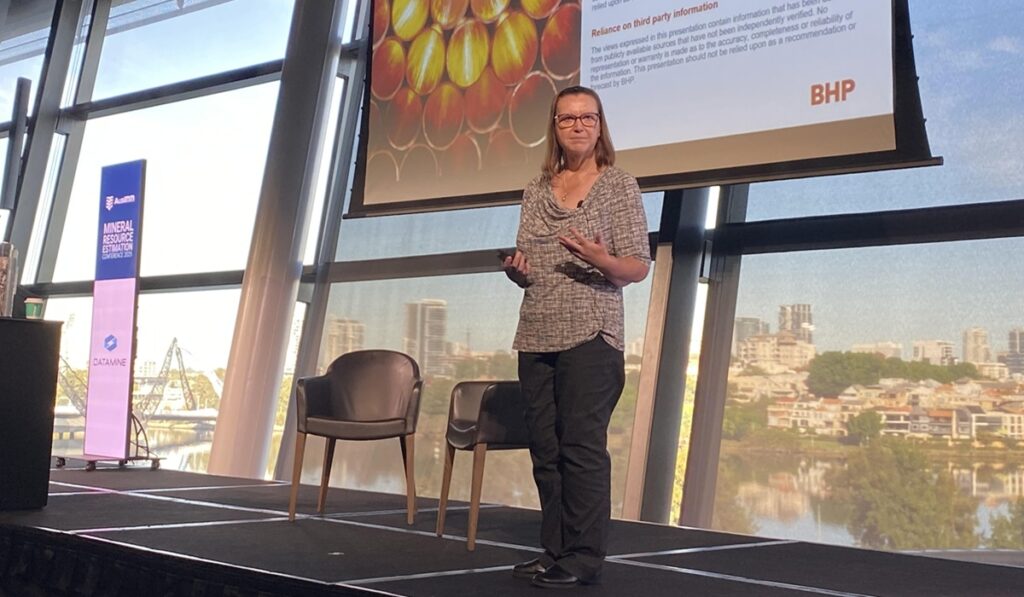
In Turnock’s mind, unity of purpose for geologists and geotechnical, hydrological and mining engineers is as certain as the future mineral demand scenarios.
“If we’re going to succeed in the resource space we need to succeed in those spaces as well,” she said.
“We need to become one with them.
“We’d be fools not to acknowledge that our friends in mining engineering are going through a world where their complexity, in their planning and scheduling systems, is going to amplify. So we need to set them up for success. They cannot be successful if we don’t support them in that space.
“The gaps that sit between those disciplines are the gaps that keep us apart”
“It’s not about just connecting workflows because our workflows are connected. But that is the data transaction not the transaction of knowledge. The knowledge comes by talking and communicating with each other. Supporting that obviously we need integrated systems and processes that support seamless connectivity, but it actually still sits with the human interface and how we connect across our disciplines.
“It requires us to start stepping outside of, I am a resource modeler or an estimator. I am a geoscientist. I am a mine planner. Because the gaps that sit between those disciplines are the gaps that keep us apart.”
While the increasingly sophisticated probabilistic models and simulation tools being used to measure and manage mining technical and financial risks have been around for a long time, Turnock says the question that keeps appearing is: “Why aren’t we using them?”
“At present our businesses are generally making decisions in a deterministic context and a deterministic environment,” she said.
“We all know one view of the world is simply not enough when we look at what is within a model and our estimates. We need to move from a deterministic environment to a probabilistic environment that communicates variability around our natural resources and their associated uncertainties because when plans are absolute they increase our exposure to sub-optimal decision making, to poor compliance to plan and exposure to risks, whether they be safety risks, financial risks or reputational risks.
“Where we have fallen over is our ability to consume the probabilistics and then make decisions under uncertainty. That’s the muscle that we haven’t built.
“We need to work towards an environment where we have that geological uncertainty and variability communicated every time with our models and estimates so the downstream end-users know what they are consuming and therefore can formulate a risk-based view of what we do.
“Yes, it’s technical. But it’s actually more cultural and it will require us to reset and reframe the way the industry thinks.
“We’d be kidding ourselves if we don’t think our modelling and estimation is not one of the loudest voices at this table.”


